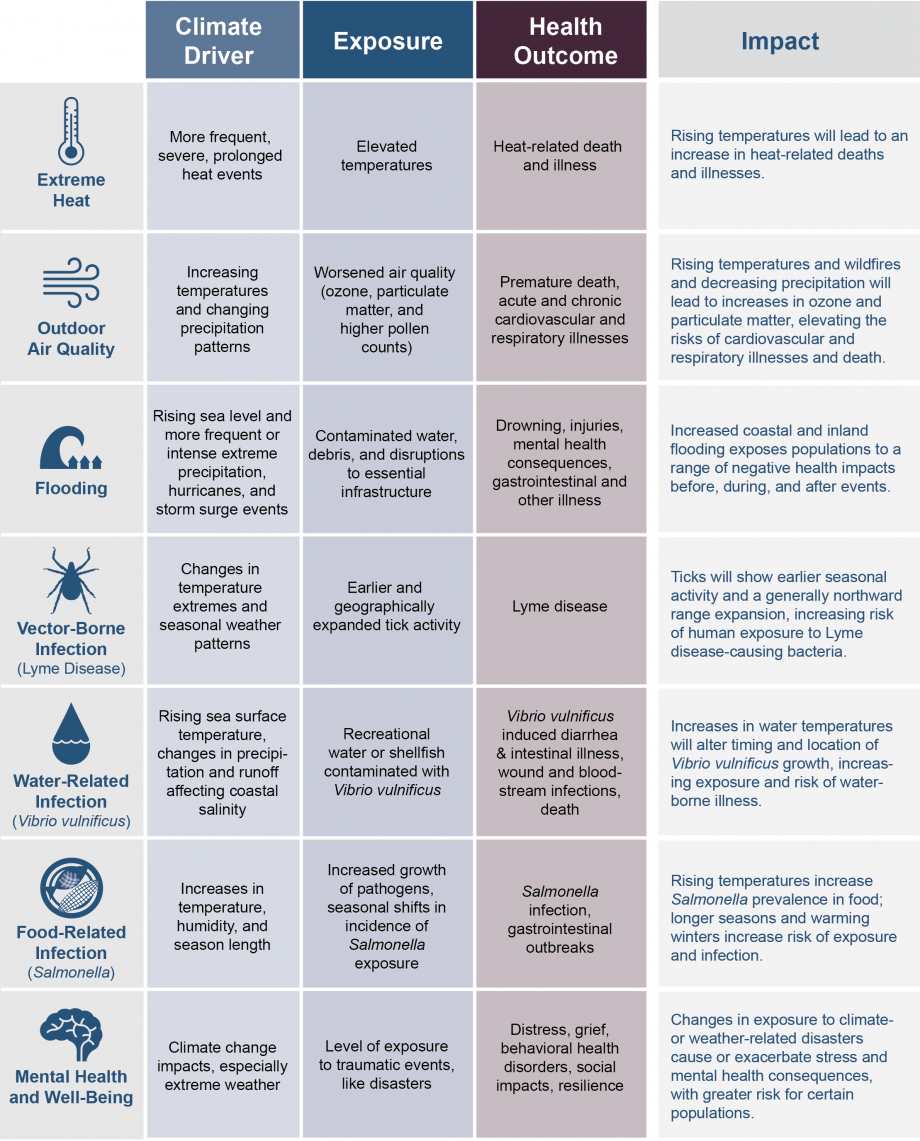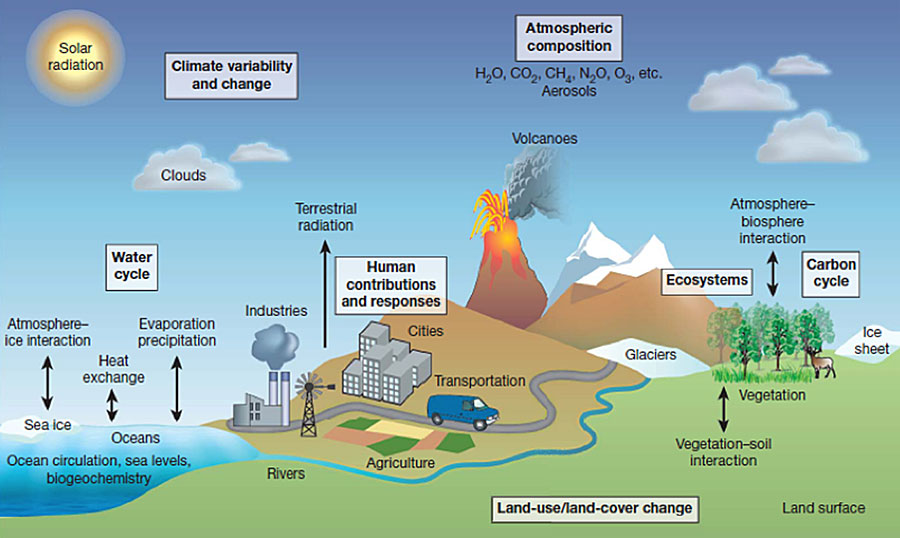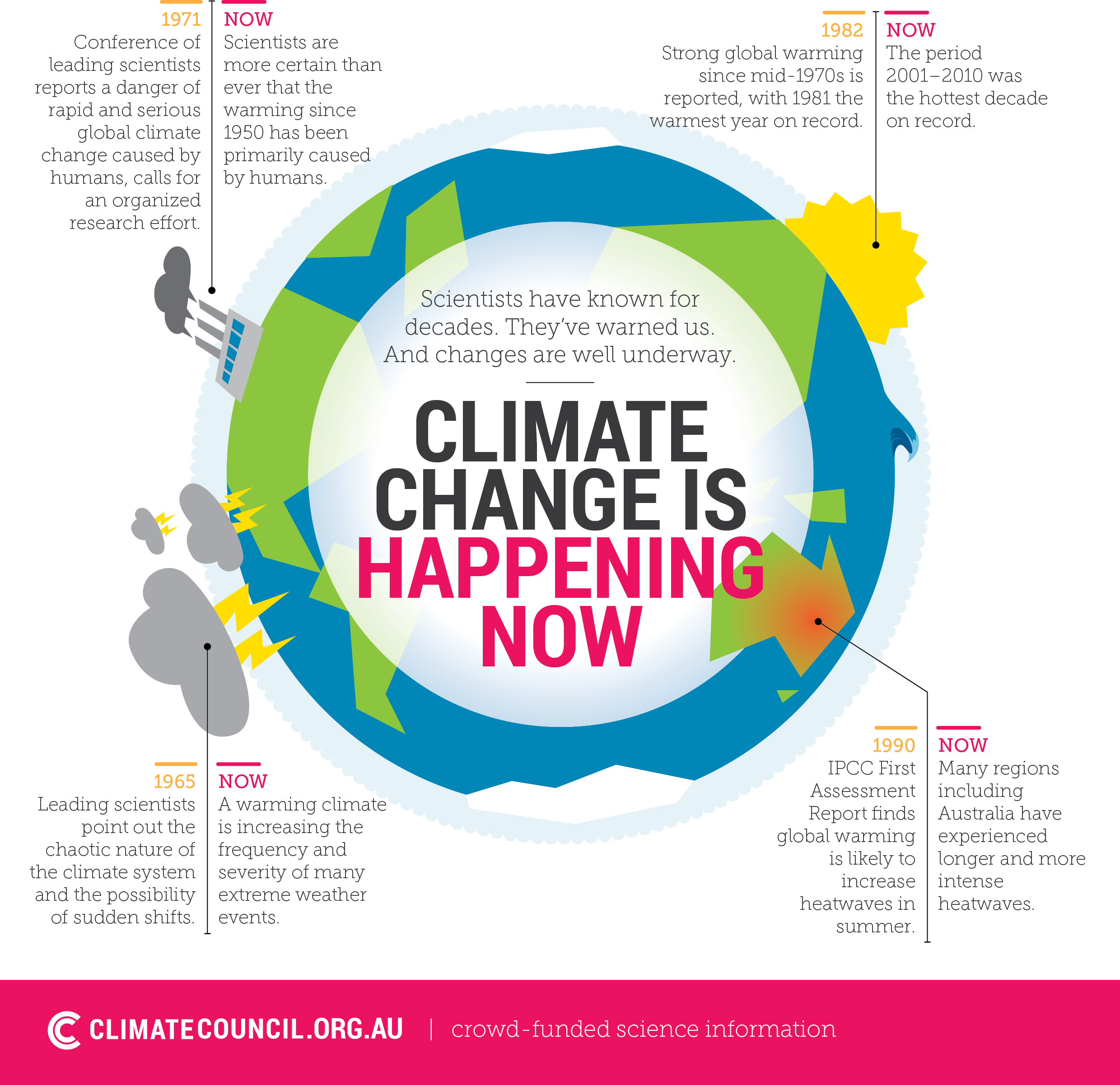The role of geography in climate change is vital for understanding how different regions of the world are affected by rising temperatures, shifting weather patterns, and the changing environment. Geography provides the tools to study both the physical landscape and human activities, making it an essential lens for examining climate change. Whether it’s the vulnerability of coastal cities to rising sea levels, the desertification of formerly fertile lands, or the impact of urbanization on greenhouse gas emissions, geography plays a central role in revealing how climate change unfolds differently across the globe.
By analyzing geographic data, we can see where climate change is having the most severe impacts and predict future trends. Geography helps us identify the relationships between natural features such as mountains, oceans, and deserts, and how they interact with human activities that accelerate climate change. This interaction between physical geography and human geography provides a complete picture of the causes, effects, and solutions to the climate crisis.

The Interconnection Between Geography and Climate Change
How Does Geography Influence Climate Patterns?
Geography plays a critical role in determining climate patterns across the globe. The position of a location on the Earth’s surface, its latitude, altitude, and proximity to bodies of water such as oceans and lakes, are all geographical factors that influence climate. For example, areas located near the equator (low latitude) tend to have warmer climates due to the direct angle of sunlight they receive throughout the year. In contrast, regions closer to the poles (high latitude) experience colder climates, with more variation in temperature between seasons.
Additionally, geographic features such as mountain ranges can significantly impact local and regional climate. Mountains can act as barriers that block weather systems, creating rain shadows—areas on the leeward side of the mountain that receive less rainfall and are often arid. On the windward side, however, moisture-laden winds rise and cool, leading to precipitation. This geographic phenomenon can explain why places like the Himalayas have both lush, forested regions and arid, desert-like areas.
Oceans and large water bodies also regulate climate by absorbing and storing heat, leading to more moderate temperatures in coastal areas. For instance, coastal cities often have milder winters and cooler summers than inland areas at the same latitude. The ocean currents, such as the Gulf Stream, transport warm water from tropical regions to colder areas, influencing the climate of adjacent landmasses. This is why Western Europe enjoys a relatively mild climate compared to other regions at the same latitude.
Chart: Factors Affecting Climate Based on Geography
| Geographic Factor | Effect on Climate |
|---|---|
| Latitude | Higher latitude = colder climate; lower latitude = warmer climate |
| Altitude | Higher altitude = cooler temperatures |
| Proximity to Water | Closer to oceans = more moderate climate; inland = more temperature extremes |
| Mountain Ranges | Windward side = more rainfall; leeward side = drier climate |
| Ocean Currents | Warm currents = warmer climate; cold currents = cooler climate |
By understanding these geographic factors, scientists can make sense of why certain regions experience distinct climate conditions, even when located relatively close to each other. The Andes, for example, have cold, dry regions as well as tropical rainforests, all influenced by geography. This diversity in climate within the same mountain range demonstrates how crucial geography is in shaping climate patterns globally.
How Does Geography Help Identify Climate Change Impacts?
Geography is essential in identifying and measuring the impacts of climate change. Through the use of spatial analysis tools like GIS and remote sensing, geographers can monitor environmental changes over time and assess how regions are being affected by climate change. These tools provide a way to visualize and quantify critical data, such as changes in glacier size, forest cover, or sea levels.
Remote sensing, for example, allows scientists to track the shrinking of polar ice caps in real-time. By analyzing satellite imagery, geographers can measure the rate of ice melt and predict future changes in Arctic and Antarctic regions. Similarly, GIS is used to map vulnerable regions like coastal areas that are at risk of flooding due to rising sea levels. These geographic analyses inform policy decisions and help prioritize areas for climate adaptation measures.


